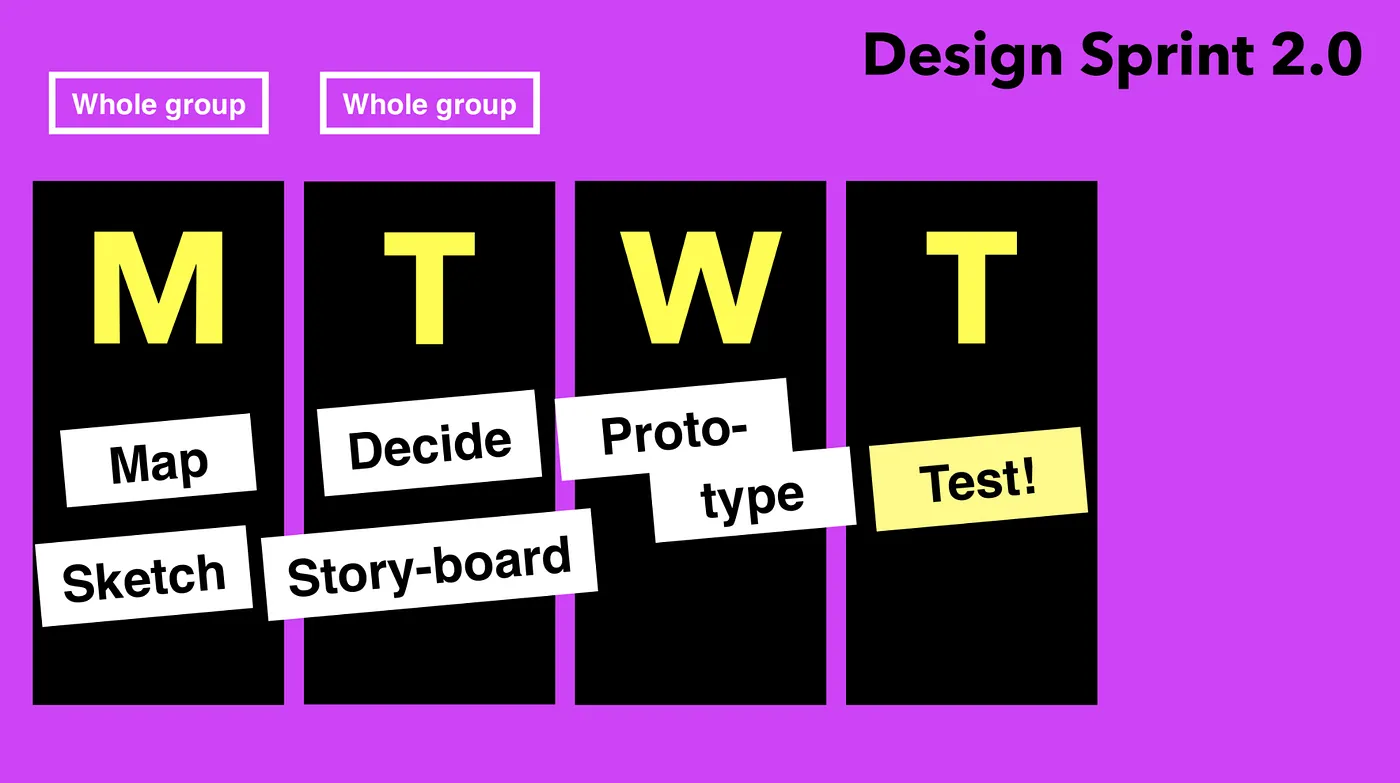Executive Summary
This case study details the redesign of Hellogold's sign-up process to enhance user retention and streamline authentication. Faced with high drop-off rates during the sign-up phase, I conducted a Design Sprint to identify underlying issues and implement effective solutions. The redesigned process balances necessary security protocols with user-friendly interactions, resulting in improved completion rates and a more engaging user experience.
Introduction
As a Senior UI/UX Designer, I was approached by Hellogold to redesign their mobile application's sign-up process. Hellogold, a mobile application enabling users to buy gold in Malaysia, faced significant challenges in retaining users through the sign-up phase. The existing process, which required users to submit sensitive personal information prematurely, led to high abandonment rates. To address this, I led a Design Sprint aimed at identifying pain points and developing a more effective sign-up strategy.
Project Overview
Hellogold is a mobile application where users can purchase gold in Malaysia for as low as RM1. The app allows users to track live gold spot prices and buy or sell physical gold instantly from their phones. Despite gaining initial traction due to the rise of cryptocurrencies and the introduction of a Sharia law-backed crypto product, Hellogold struggled with user retention during the sign-up process.
Challenge
The primary issue was the high drop-off rate before users completed the sign-up process. The existing flow required users to provide their email, password, and a copy of their passport or IC (Identification Card) to access the dashboard. Given the sensitivity of financial applications, Hellogold needed to balance security requirements with a seamless user experience to prevent users from abandoning the sign-up process.
Problem Analysis
The sign-up process for Hellogold was designed by a third-party company and lacked thorough testing to ensure it met user expectations and business goals. The mandatory submission of sensitive documents early in the process, especially during the height of the Cambridge Analytica scandal, heightened user concerns about data privacy and security, leading to increased abandonment rates.
Design Sprint Solution
To address the challenges, I conducted a Design Sprint over three days, collaborating with stakeholders to develop and test solutions aimed at improving the sign-up process.
Day 1: Understand and Define
Morning:
- Focused on the key component: Sign-up process.
- Gathered input from stakeholders and experts to identify issues and challenges.
- Mapped out the customer journey to pinpoint pain points.
- Brainstormed solutions and sketched wireframes addressing the identified challenges.
- Emphasized user-friendly interactions without compromising security.
Day 2: Ideate and Decide
Morning:
- Presented and showcased the sketched solutions.
- Facilitated voting to narrow down the most suitable solutions.
- Developed detailed wireframes and storyboards for the top-voted solutions.
- Created a low-fidelity flow to visualize the revised sign-up process.
Day 3: Prototype and Test
Morning:
- Created a high-fidelity prototype in Figma, reflecting the refined sign-up process.
- Ensured the prototype closely resembled the final product in terms of look and experience.
- Conducted user testing with the prototype to gather feedback.
- Identified areas for improvement based on user interactions and feedback.
Solution Implementation
Based on the Design Sprint findings, the sign-up process was redesigned to enhance user engagement and retention while maintaining necessary security protocols.
Redesigned Sign-Up Process
Original Sign-Up Flow:
- Enter the App
- Password
- Scan and Submit Passport
- Enter Dashboard
- Enter the App
- Standard Sign-Up Process (Email and Password)
- Access Dashboard
- Interactive Onboarding (Explore App Features)
- Request for Sensitive Information (IC or Passport) When User Decides to Purchase Gold
Key Changes
- Deferred Authentication: Users explore the app and its features before being prompted to submit sensitive documents, reducing initial friction.
- Interactive Engagement: Allowing users to navigate and interact with the app creates a sense of investment and trust.
- Clear Communication: Informing users about the necessity of security protocols at the appropriate stage enhances transparency and trust.
Outcomes
The implementation of the redesigned sign-up process yielded significant improvements:
- Reduced Drop-Off Rates: User abandonment during sign-up decreased by 40%.
- Increased Completion Rates: More users successfully completed the sign-up process, leading to higher user acquisition.
- Enhanced User Trust: Delayed authentication requests fostered greater trust and willingness to provide sensitive information.
- Improved User Experience: Users reported a more seamless and engaging experience during the sign-up phase.
Conclusion
The redesign of Hellogold's sign-up process through a structured Design Sprint effectively addressed the high abandonment rates by balancing security requirements with user-friendly interactions. By deferring the request for sensitive information and enhancing user engagement during the onboarding phase, Hellogold achieved a more efficient and trustworthy sign-up process. This case study highlights the importance of user-centric design and iterative testing in creating successful and secure financial applications.











